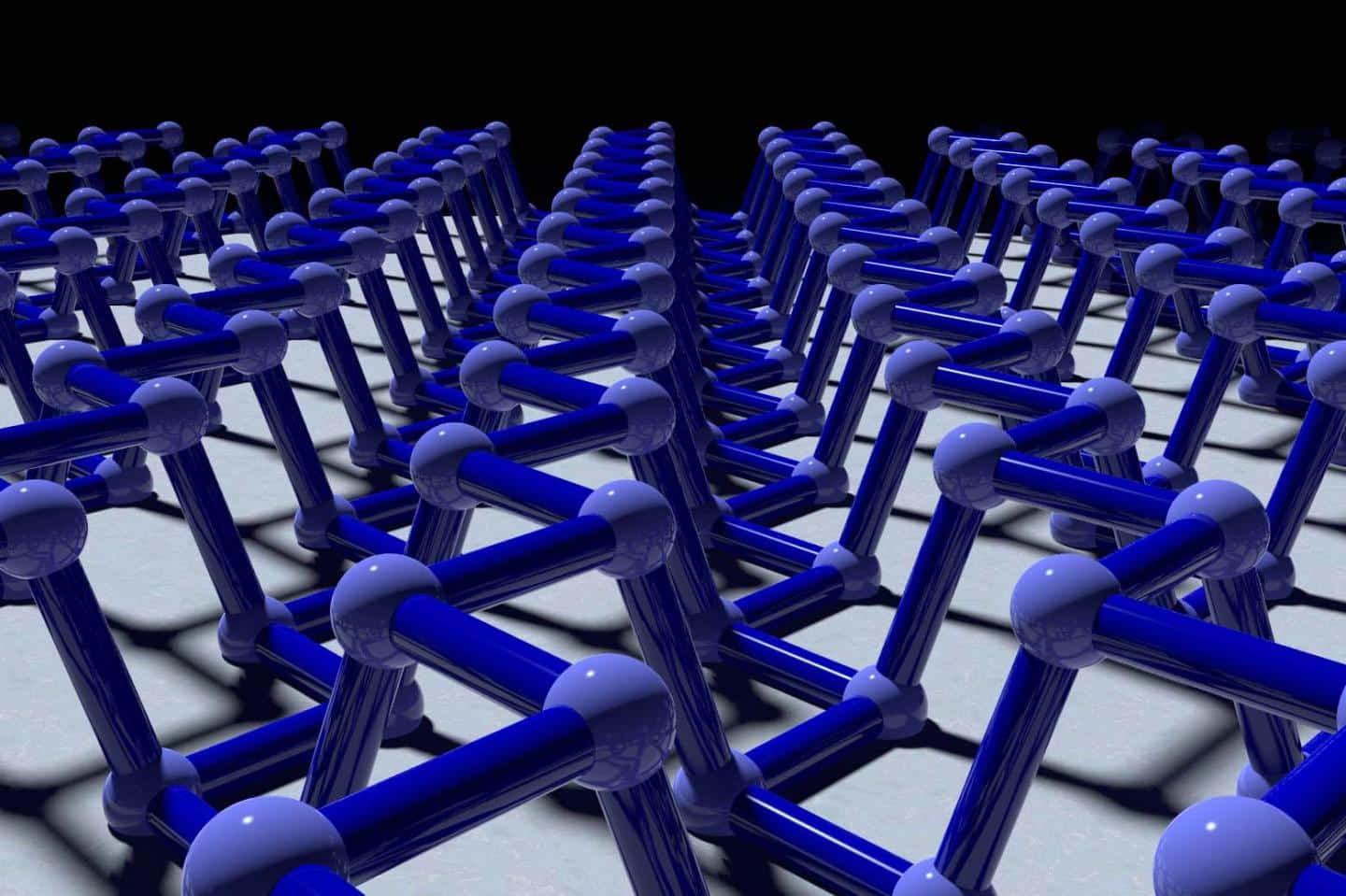Calculating the band structure of two-dimensional semiconductors in GW approximations is computationally expensive because it requires a very dense Brillouin zone sampling. This is due to the sharp q-dependence of the dielectric matrix in the long-wavelength limit (q → 0). Over the years, several strategies have been proposed to mitigate this issue.
Now researchers from Cnr Nano propose a computational scheme to significantly accelerate the convergence of the calculation of quasi-particle energies to predict angle resolved photoemission spectra of semiconductors by combining Monte Carlo integration with an interpolation scheme. Just
published in the Nature portfolio magazine Computational Materials, this method is able to represent the screened potential between the calculated grid points, allowing a fast convergence. The authors, Alberto Guandalini,
Pino D’Amico,
Andrea Ferretti and
Daniele Varsano, also validated this scheme by calculating the quasiparticle gap of three prototypical monolayer semiconductors: MoS2, hBN, and phosphorene.
"We find that using grids such as 6×6×1, 6×6×1 and 8 × 12 × 1 is sufficient to obtain converged results for the fundamental gap up to 50 meV for MoS2, hBN, and phosphorene, respectively", explains Daniele Varsano. "These grids are 80,40 and 20 times smaller than those required to achieve a similar accuracy when averaging only the bare coulomb potential (v-av method). The computational cost of a G0W0 calculation typically scales as Nk2 , assuming the k and q grids are identical. With the proposed method, the computational cost is reduced by at least two orders of magnitude, without sacrificing accuracy. The proposed W-av method can also describe the anisotropy of the screened potential in a straightforward manner".
This news computational scheme has been implemented in the code
Yambo, one of the MaX flagship codes. Researchers also envisage the possibility to extend the present methodology to metals and systems with different dimensionalities such as 1D or 3D.
Guandalini, A., D’Amico, P., Ferretti, A.
et al. Efficient GW calculations in two dimensional materials through a stochastic integration of the screened potential.
npj Comput Mater 9, 44 (2023).
https://doi.org/10.1038/s41524-023-00989-7
[Image credit: Matthew Cherny]
